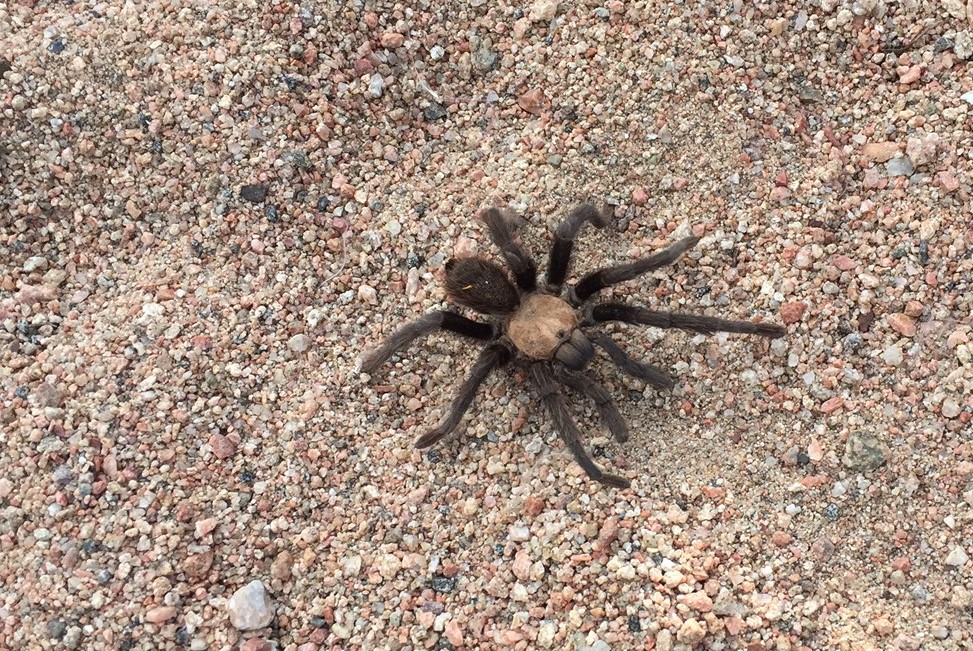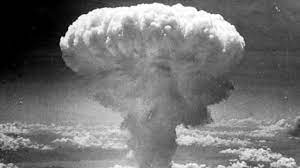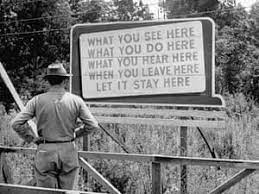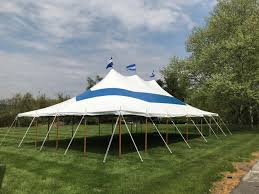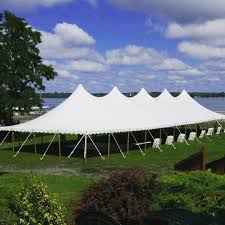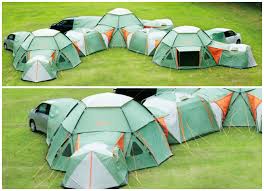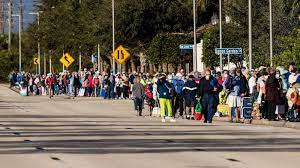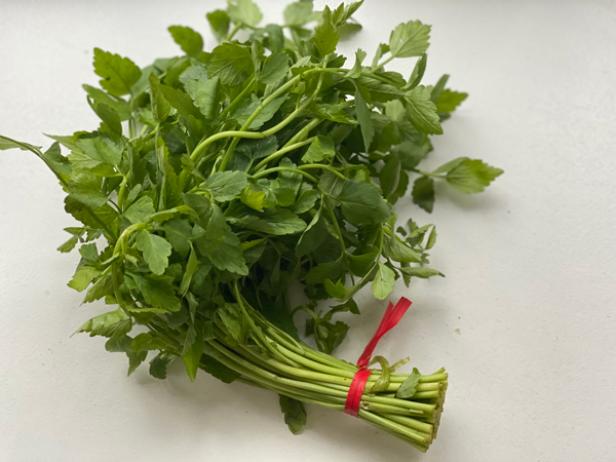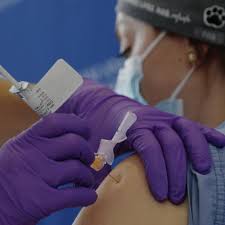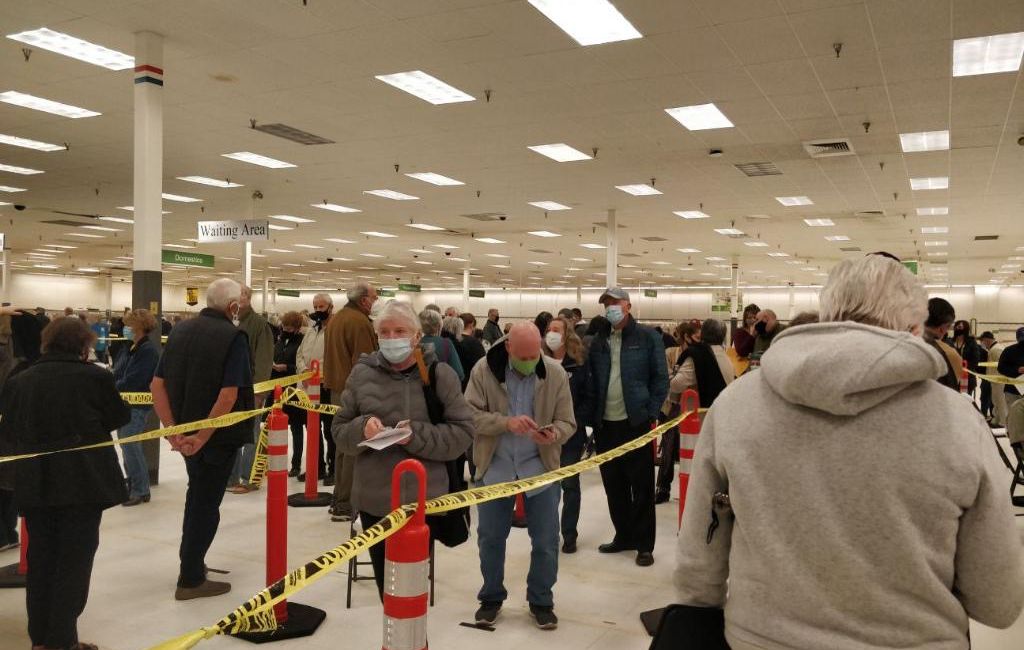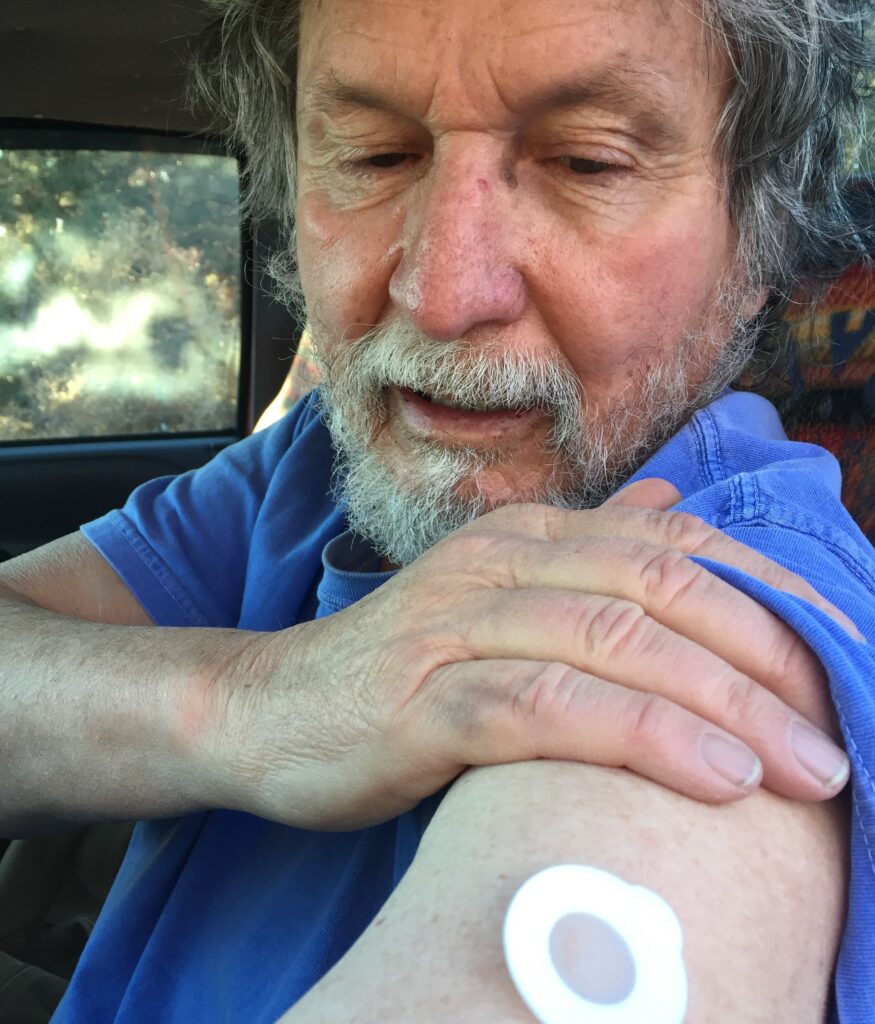Look at the Horizon
I was confiding in my 14 year-old grandson recently about my fear of snakes. He lives far away and we were on zoom. I told him that during the summer and early fall snakes are slithering through the tall grass, lounging on warm rocks, and generally waiting to terrify me. This means that my usual refreshing, invigorating walks become terrifying treks. With my eyes riveted on the ground in front of me, I told him, I miss the gorgeous views, mountains in the distance, a sky full of huge cloud pillows, the bright yellow chamisa bushes ahead, the ravens wheeling above me. There were alternative routes, I explained, on dusty dirt roads, but this was my favorite one and I hated to give it up, but those snakes…
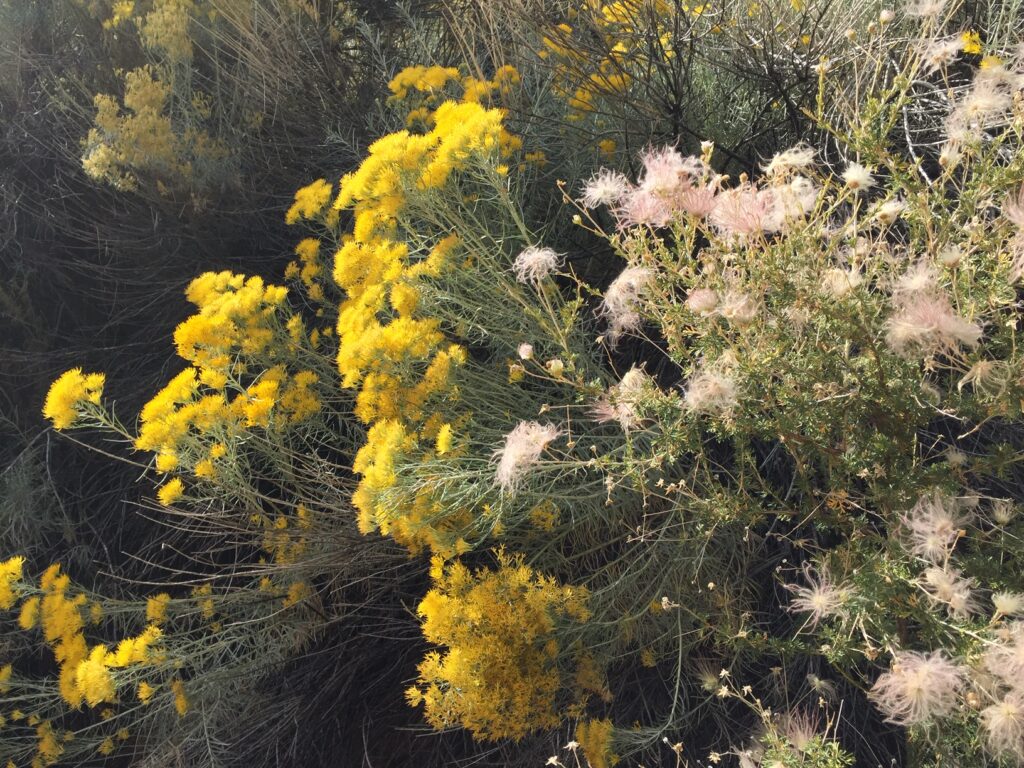
He agreed this was a sad state of affairs, which was pretty generous for a young teen in the throes of adolescence. And he had some advice: “Just go on the walk, the one you like, through the grass, with the views and the ravens and everything, but don’t look down. Keep your eyes on the horizon and just keep walking. If you’re not looking for them all the time, you won’t think about them, and you can enjoy yourself.”
I pointed out that I imagined I would worry about stepping on one, and that if I did I would surely have a heart attack and die and the snake would bite me for good measure and…. but he had returned to his digital device.
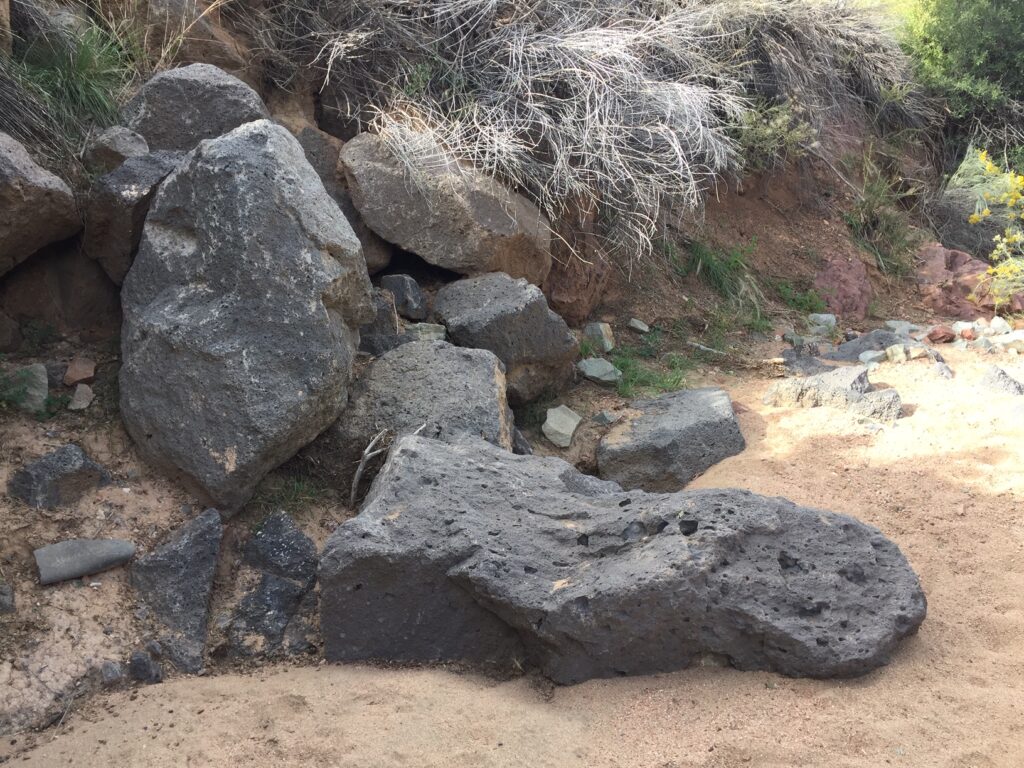
It’s an interesting and tempting recipe for living, and maybe one I should cook up now and then. Those things that haunt me, scare me, anger or sadden me, those things I have zero control over – why not just look elsewhere? Why not find a more pleasing, nourishing view? If I take my eyes off the path, littered with domestic chaos and global crisis, if I breathe deep and look out at the horizon, maybe all that distress won’t be there.
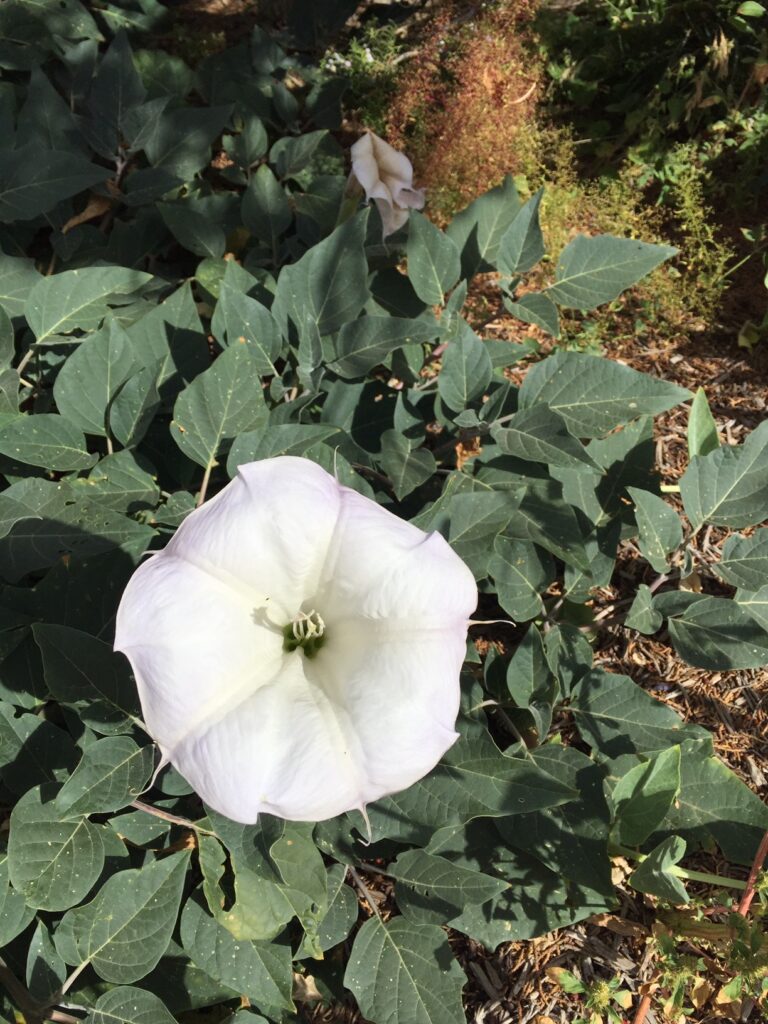
Of course I know better, and so does my grandson. We both know the snake may actually be basking across the sunny path, and that I may even step on it and stumble. We both know that the sadness and suffering are still there in the world, and that I may open the morning paper and be confronted with another horror, maybe this time it’s people clinging to a jetliner in Afghanistan. But he knows a balance is what his grandma needs. He knows she will still worry about the snake, but if she can choose, even for a few steps, to take in a different view, she will be happier and healthier.
He’s a smart boy.
